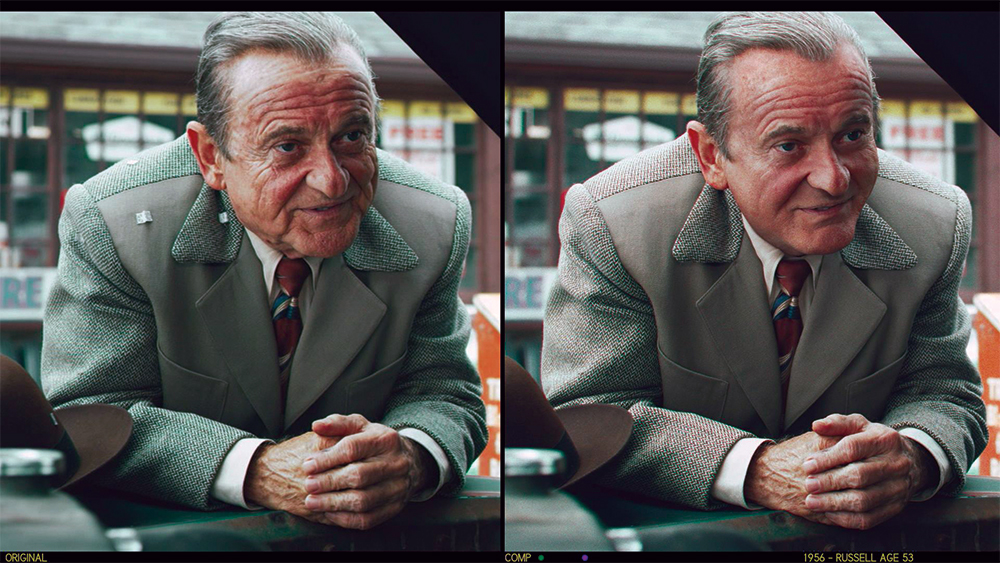VFX Masters Look to Next Big Thing Beyond De-aging
By Karen Idelson
LOS ANGELES (Variety.com) – De-aging has come a long way since “The Curious Case of Benjamin Button.” When visual-effects artists worked on that film more than 12 years ago, the processing power, camera techniques and software used for films such as “The Irishman” and “Gemini Man” were far, far off.
Today, VFX supervisors can create the de-aging setup that suits the film. Or they can even make a de-aged character based on digital capture. Each team works out the solutions that works best for the project, based on the helmer’s ideas and the budget they’re given.
“What you’re seeing with Will Smith in ‘’ isn’t de-aging,” says Bill Westenhofer, VFX supervisor on “Gemini Man.” “It’s a completely digital human whose performance is driven by Will Smith’s acting that’s been recorded with performance capture. In the future, actors may have to consider having themselves digitally scanned because we could use that information later for future projects, and the bar keeps getting raised higher and higher with each film that uses this technology so we’re always trying to come up with new solutions that will take us to the next level.”
ILM VFX supervisor Pablo Helman knew helmer Martin Scorsese wanted de-aging without encumbering Robert De Niro and other actors with traditional tracking equipment. Scorsese felt the actors would give better performances without extra tracking gear in their way.
“With no markers, the actors just show up and they act with the other actors and they react to each other in the light on set so our cameras were able to get so much more information,” says Helman. “In the past, we had to put actors in these very controlled environments where they were by themselves with the markers in a carefully lit place because there wasn’t enough room for anything else. And even if they had another actor there, there was no set, which is something that actors also react to. We found out in research that whatever the eyes are doing, the body does also. So, if you have the actors together on the set, you get much better performances and so you get better visual effects.”
Helman also noted that Scorsese didn’t expect the VFX team to re-create De Niro as he looked in the 1970s.
“I think we’re going to see a more natural approach to this technology,” says Helman. “It can take hours to put on markers and do all the preparation that VFX needed in the past so this is more efficient, takes less time away from the performance and the actors can do their work when they come onto the set.”
As traditional tracking equipment is replaced with smaller, more agile cameras, de-aging and digital creation teams can also use machine learning as a way to generate the effects they want. Without it, the volume of work could sink VFX deadlines.
“A lot of stuff you see coming out of Weta in the next few years will benefit from what we developed for ‘Gemini Man,’” says Guy Williams, VFX supervisor at the New Zealand shop. “And the better the cameras get and the smaller they get, the easier it is to put a lot of them around the set. Eventually, there will be a point in time where we just have 40 cameras on every set that are giving us really good acquisition information so that we can [motion capture] anything and everything all the time. We’re not a year from that ideal. We’re a ways off, but it’s the natural progression of things and we should all be working towards that.”

